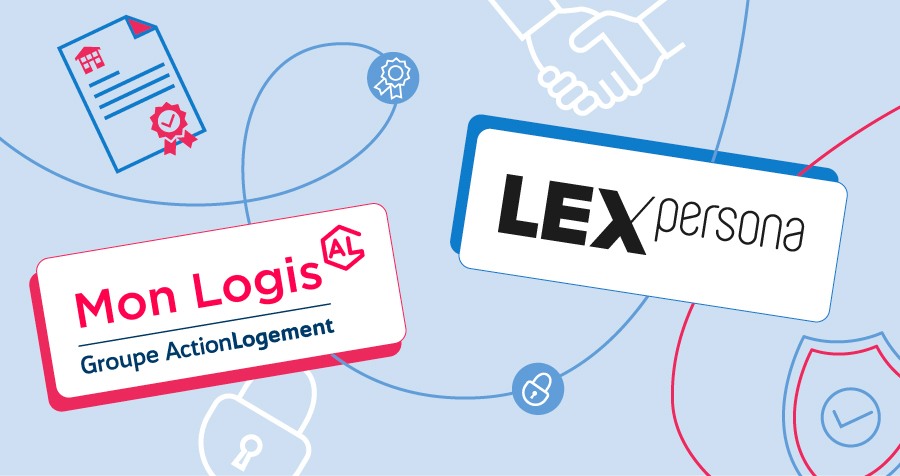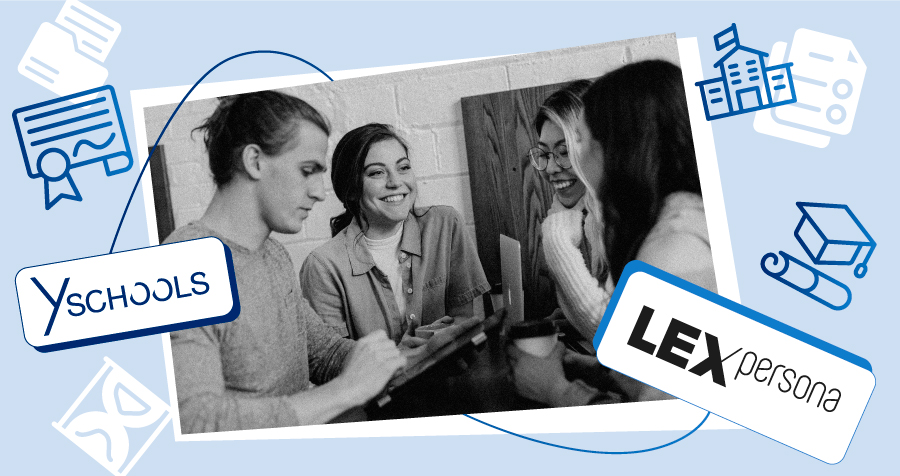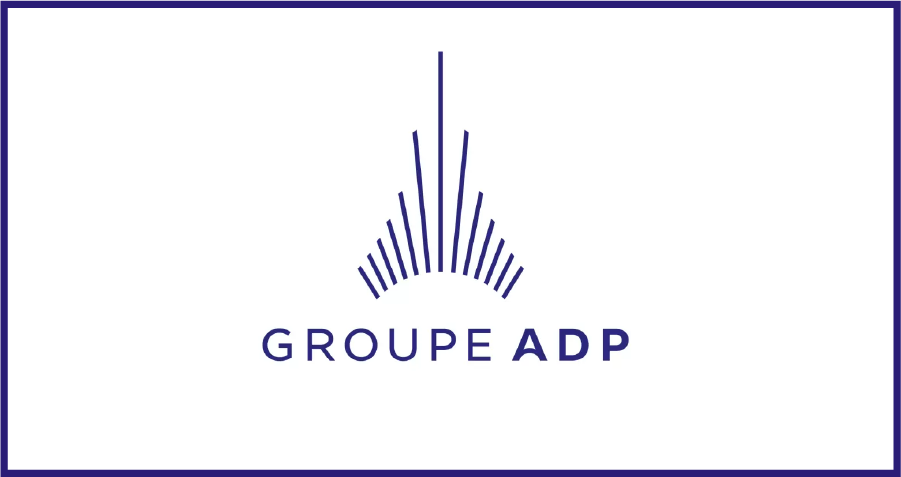Share on :
How Université Paris-Saclay integrated electronic signatures into the administration of its doctoral students' student life
At the forefront of global research (ranked 13th worldwide by Shanghai Jiao Tong University),Université Paris-Saclay is also at the forefront of dematerialization.
The University has digitized the administrative procedures involved in registering, re-registering and defending doctoral students, from start to finish. Here's an explanation of the University of Paris-Saclay's switch to electronic signatures.
The University of Paris-Saclay includes several component institutions (CentraleSupélec, Agroparistech, ENS Paris-Saclay, Institut d'Optique, etc.). It also welcomes two universities as "associate member universities" (UVSQ, Versailles and UEVE, Evry).
Université Paris-Saclay is accredited to award doctorates to all doctoral students. This represents some 4,200 doctoral students in 21 doctoral schools and 275 research laboratories.
-
For global dematerialization
"We wanted to dematerialize all aspects of a doctoral student's student life. As they are both students and employees, they have to complete various procedures each year. From thesis defense to graduation.
The May 2016 decree regulates all this. It defines registration, re-registration and defense procedures," explains Hamida Muller, Director of the Maison du Doctorat at Université Paris Saclay.
The course is therefore focused, and has the particularity of involving several PhD players.
-
The end of a slow, time-consuming process
First, the thesis director gives an opinion on a doctoral student's registration. Then the doctoral school proposes registration.
The application is then examined, and either accepted or rejected. And to be accepted, the application must be complete. Each of these stages is important, as each party gives its opinion.
Previously, doctoral students had to go to their research laboratory and knock on the door of their thesis director's office. Then they had to move to another building to see the director of the doctoral school. Finally, he had to go to the schooling department, where his enrolment file was placed in an initialing box for signature by the President of the University. It was obviously a cumbersome process, which wasted everyone's time.
-
Covid as an accelerator
Today, these registration, re-registration and defense procedures are carried out online via the ADUM platform. The ADUM platform handles the validation workflow (visas), then, via a connector, the documents are fed into an electronic signature pad for validation and signature.
This dematerialization was orchestrated in two main stages.
Initially, we called in a legal firm to find out what level of digital signature to implement at each stage," continues Hamida Muller. The President's final signature, for example, is an RGS*** signature. A eIDAS-qualified signature. "
Hamida Muller, Director of the Maison du Doctorat at the Université de Paris Saclay
Lex Persona supplied the electronic signature solution and defined the validation circuit and the various signatory profiles.
"The project started in May 2019, but we accelerated production with the arrival of Covid-19. What was originally supposed to take us 4-5 months ended up taking just one," she adds.
-
Different signatory profiles
Each doctoral student has his or her own interface on ADUM. From here, they can view their signed and unsigned documents.
The same applies to the thesis director and the doctoral school. Each access is filtered in this way, enabling the various parties involved to see only the information relevant to them. Three profiles have been created:
- School administrator, who deposits documents in an electronic signature pad.
- Approver, who checks and validates documents.
- President or her delegate who signs the document.
"We have also added a file approval phase (with the Graduate School approvers) before the President signs off. However, it is she or her delegate who validates and signs the doctoral student's file." Hamida Muller, Director of the Maison du Doctorat at the Université de Paris Saclay.
The President also has the option of signing documents in batches or one by one.
Each doctoral student can view his or her signed documents. The same applies to the thesis director and the doctoral school.
There are two possibilities for rejection in the electronic signature pad
In practice, if the documents for electronic signature are generated in ADUM, the signature is performed via an API call outside the platform. In addition, there are two possibilities for rejection:
- From the approver. The document then returns to the ADUM platform, which sends a message to the schooling department with a comment justifying the rejection (missing document, unpaid registration fees, etc.). Once the deficiencies have been corrected, the document can be reinstated in the initiator.
- From the President, who may refuse to sign and leave a comment to explain her decision. The file is returned to the school without going through the doctoral school.
-
Electronic signature: towards wider use
"We are currently developing the possibility of electronically signing cotutelle agreements for doctoral students doing their thesis in France and abroad" Hamida Muller, Director of the Maison du Doctorat at the University of Paris Saclay.
This circuit requires a minimum of 6 signatures. Until now, these agreements were signed by means of multiple registered mailings. This involved constant to-ing and fro-ing until all the signatures were obtained. Université Paris-Saclay has now made it possible for people outside the organization to collect signatures on these agreements via the platform.
-
An extension of signature delegations
The University's objective today is to use the Lex Persona electronic signature solution for all documents requiring signature. Both internally and externally.
"We have also expanded the circle of people able to sign with an eIDAS-qualified signature level , thanks to the purchase of two new cryptographic keys. cryptographic keys " Hamida Muller, Director of the Maison du Doctorat at the Université de Paris Saclay
Until now, only the Vice-Chairwoman had signing authority and was equipped with a key enabling her to sign in this way.
Today, the University's objective is to use the Lex Persona electronic signature solution for all documents requiring signature.
Paris-Saclay, set as a model
Several universities and other establishments have since contacted Hamida Muller for information on this vast dematerialization project.
" Hamida Muller, Director of the Maison du Doctorat, Université de Paris Saclay
Remember that 80% of universities use the ADUM platform. Ultimately, everything we've put in place can now be used by other universities.







